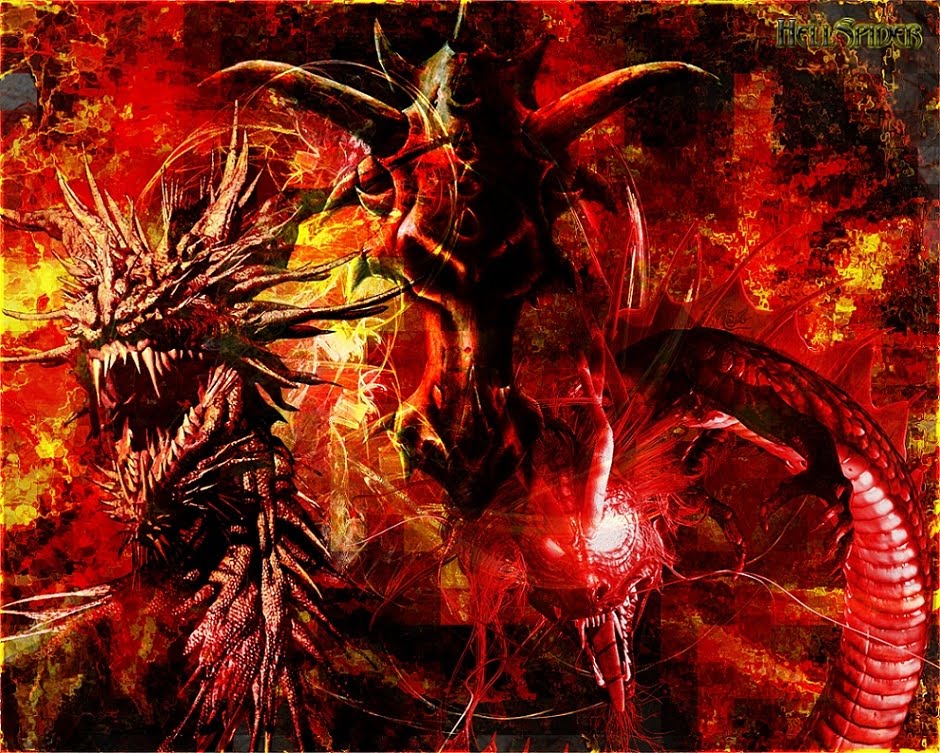The influence of symbolism in Vietnamese art has been in vogue since prehistoric times. One of the most supernatural of all creatures, dragons and fairies, symbolized various instances of Vietnamese art. From the Dong Son civilization to the modern Nyugen Dynasty, the dragon motif has been used in various forms and shapes in sculptures, paintings, palaces, and different religious or architectural structures.
The evolution of the dragon symbol portrayed the changing beliefs and culture of the people from time to time.
The Dong Son civilization (400BC to 200AD) saw the reptile version of the dragon, also known as the "Giao Long" dragon. This symbol was found etched on a number of bronze urns and weapon hatches. The following period (Dai La) witnessed Vietnam under Chinese colonization from the first to the tenth century. This period had a profound impact on Vietnamese art. This is clearly evident from the decorative tiles found at Co Loa, where the Dai La dragon shows remarkable resemblance with its Chinese counterpart.
Vietnam breathed the air of independence with the dawn of the Ly Dynasty.
This period can also be termed the 'golden period' for Vietnamese art as it reached the peak of excellence. Water dragons symbolizing the God of Rain found way into Vietnamese art during this period. Some of the distinguishing features of this dragon in contrast to the Chinese creature were: thin and long body; undulated body contours of a serpent; small head with long whisker and mane and fine legs with small claws. The Chuong Son tower now showcases an extraordinary example of the Ly dragon carved on stone.
The heritage of the Ly Dynasty was transferred to the later Tran Dynasty (13-14th century). The fire-gurgling creature during this period still appeared with a small head and body; an instance of which can be found in the Pho Minh temple.
The influence of Chinese culture and heritage rose profoundly in the later Ly Dynasty, with Chinese emperors adopting Confucianism, Buddhism, and Taoism. As a consequence, the dragon symbol came to be associated with the emperor and his authoritative powers. The dragon motif then began to be extensively used in tombs, and religious temples. Dragons of the later Ly Dynasty also owes greatly to the Chinese influence. Large head, gigantic body, thick scales, long sharp claws, thick mane, and a beastly glance summarize the appearance of the Ly dragon.
The modern Nyugen Dynasty hails from the "Tu Linh"- the four mythical Chinese creatures namely the phoenix, the dragon, the lion, and the tortoise. These creatures were collectively portrayed in numerous paintings, sculptures, royal palaces, and tombs in Hue.
These fiery dragon motifs have attracted the attention of connoisseurs all over the world. Art gallery in Vietnam showcases these mythical creatures in their changing moods. Imbibing the Chinese motif, Vietnamese art have become even more alluring.
Suzanne Macguire is an expert writer with keen interest in contemporary art.






















